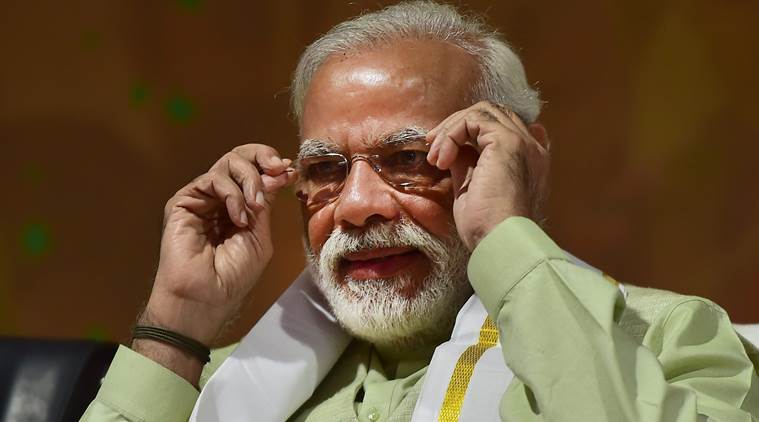Earlier this year, a Livemint report quoted the National Crime Records Bureau (NCRB) data, which says India’s criminal justice system has an acute backlog crisis. The data indicated that this crisis only gets worse with each passing year.
The backlog or the ‘pendency rate’ with India’s courts and police reached its highest level since the turn of the twenty-first century in 2016, the latest year for which such data is available, the report had said.
The pendency rate refers to the number of cases for which trial has not been completed, expressed as a share of total cases on trial during the year.
There are a host of reasons that contribute to the high backlog of cases. Sometimes cases are sent for trial without proper and adequate investigation. Tackling the backlog in both the judiciary as well as the police is needed. India faces an acute shortage of both policemen and judges. In terms of the number of police and judges (per capita), India’s number is lower than most of the G-20 countries.
India now has about 27-30 million cases pending in various courts across the country. The bulk of these cases are pending in subordinate courts, a larger share of which sees poor litigants who bear the brunt of this sluggish system.
Of late, the problem has been compounded by the unprecedented increase in judicial vacancies across the three tiers of the judiciary. Although the number of judges increased six-fold in the last three decades, the number of cases too shot up 12-fold, said a 2012 report of the National Court Management Systems (NCMS).
To address some of the issues, and to make the wheels of justice turn, the centre will soon install ‘Justice Clocks’ — LED message display boards — in all 24 high courts to show the daily rate of disposal of cases, the number of pending cases and the individual rank of each of these courts.
The idea of the ‘justice clocks’ was floated by Prime Minister Narendra Modi last year, to create public awareness in judicial matters, and is set to be later implemented in all subordinate courts across the country.
The aim of these ‘Justice Clocks’ is to create a spirit of healthy competition among the courts and also rank them according to their performance when it comes to the disposal of cases, according to junior law minister P P Chaudhary. It is also likely to shake the judiciary out of its complacency and make it accountable.
A model of this ‘Justice Clocks’ was installed last year in the Delhi office of the justice department, which comes under the law ministry.
While this move will instill a spirit of competition, the government should also address the staggering vacancy in our courts. The appointment of five judges in the Karnataka High Court was finalized earlier this year. The latest data released by the ministry’s department of justice showed that 403 of the total 1,079 posts for judges were vacant as of February 1st.
“The government has notified the appointment of five additional judges to the Karnataka High Court. More appointments are awaiting clearance at different levels,” a law ministry official was quoted saying in February this year.
While the reasons for vacancies and sluggishness in the execution of cases might be many, the government must address this, because justice delayed is justice denied. The ‘justice clocks’ mark a beginning for a positive change.

